Sponge Dosa Recipe | Curd Dosa Recipe | Set Dosa Without Urad Dal with detailed photo and video recipe. A soft and spongy dosa prepared with rice and Poha which is mixed with curd which helps in fermentation. Note that in this dosa, there is no urad dal as compared to the traditional set dosa recipe. Hence it is an instant and easy dosa recipe that can be made within minutes while preserving the the traditional taste and values.
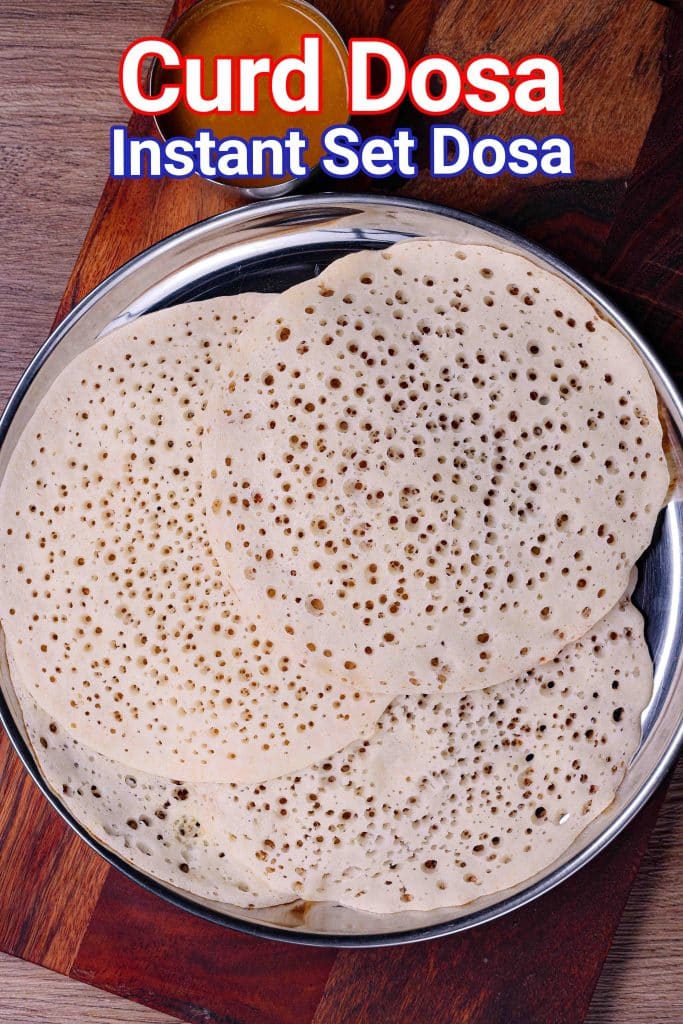
Sponge Dosa Recipe | Curd Dosa Recipe | Set Dosa Without Urad Dal with detailed photo and video recipe. An easy dosa or pancake-crepe recipe prepared with curd, and semolina with a porous and spongy texture. It is an ideal breakfast recipe but not limited to, that is traditionally served with chutney recipes, veg sagu, potato sagu, and sambar. Unlike the other popular dosa types, which are crisp and crunchy, curd dosa carries a soft and spongy texture hence the name.
Dosa recipes are always a special recipe for me and my family. Especially hailing from South India, our breakfast mainly circles idli, dosa, chutney, and sambar. However, preparing just masala dosa or plain idli can be monotonous especially if it is made daily. We all need variety in our breakfast options. One such great option is sponge dosa or curd dosa and even better because it does not require urad dal. Also, it does not require any additional soaking, fermentation and grounding. Hence it can be prepared within minutes. Just semolina and flattened rice and mix it with curd to ferment it. Isn’t it an economical and thrifty recipe for dosa? I suppose so.
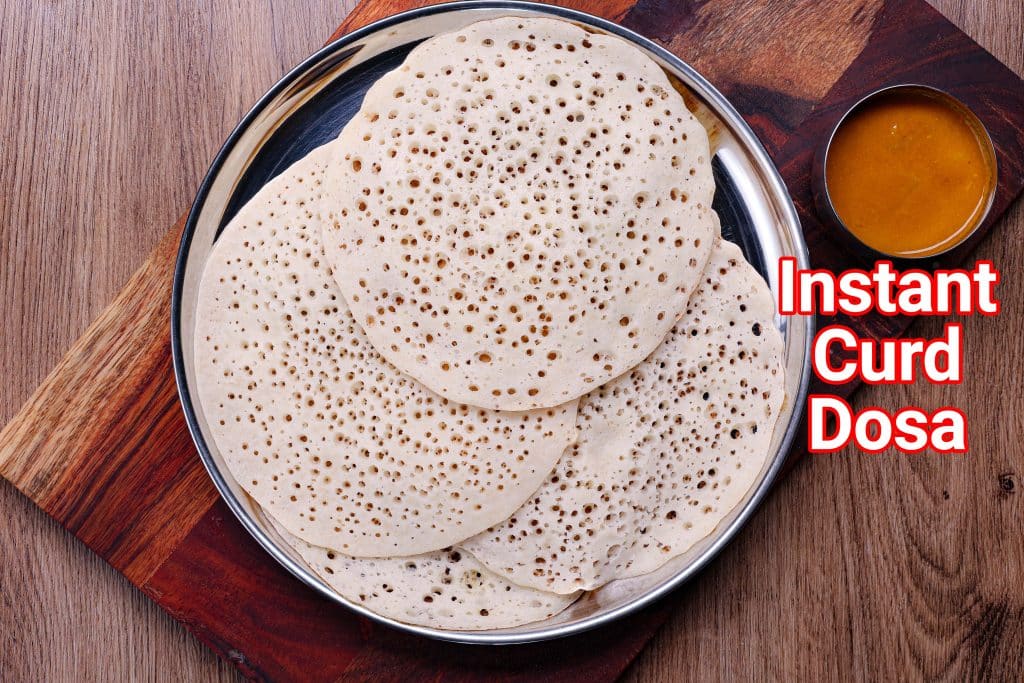
Furthermore, I would like to share some tips and tricks for a soft and porous curd dosa recipe. Firstly, do not forget to add thin Poha while preparing the dosa batter. Poha helps to make dosa soft and spongy and also hastens the fermentation process. Secondly, after pouring the dosa batter into the dosa pan, no need to spread it with a spoon. The batter should spread by itself, otherwise, your batter is thick if it does not spread. In addition, you could use a nonstick pan compared to cast iron. Lastly, add a tsp of ghee or oil while frying dosa. This may not be preferred but adds a good taste to the final dosa prepared.
Finally, I do recommend visiting my other Dosa Recipes Collection with this post on Curd Dosa Recipe. Particularly, set dosa, masala dosa, Mysore masala dosa, neer dosa, plain dosa, rava dosa, and instant dosa recipes. In addition, I request you to visit my other recipes collection,
About Curd Dosa
It is an easy, simple, soft, spongy dosa made with semolina, beaten rice, and sour curd or yogurt. Curd Dosa most commonly known as Sponge Dosa is an instant variant of the Set Dosa recipe. It is instant and does not require additional fermentation, soaking, and grounding which makes it super convenient. Typically, it can be served with any type of chutney, but it tastes great when served with spicy curry like kurma and any meat or potato curries.
There are many types of curd dosa and sponge dosa but the most common way is to make with semolina and Poha. These 2 dry ingredients are mixed with curd to make a medium-textured dosa batter. The same dosa can also be made with rice flour or idli rava. The texture of the latter can be different and may not be as soft as semolina. In addition, the same dosa can be made with rice and urad dal, but it does require soaking, grounding, and fermentation.
Video Recipe
Recipe Card for Sponge Dosa or Curd Dosa
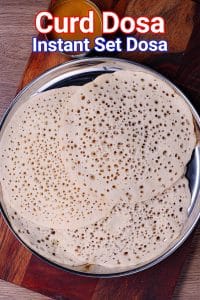
Curd Dosa Recipe | Instant Soft & Sponge Dosa
Ingredients
- 1 cup poha, thin
- 1 cup rava / semolina, coarse
- 1 cup curd
- 1 tsp salt
- water, as required
- ¼ tsp baking soda
Instructions
- Firstly, in a bowl rinse 1 cup poha with water.
- Squeeze off the water and transfer the rinsed poha into a large bowl.
- Add 1 cup rava, 1 cup curd, and 1 tsp salt. mix well.
- Now add ½ cup water, cover, and rest for 15 minutes.
- Make sure the rava is soaked well.
- Transfer the soaked rava mixture into the mixer jar.
- Add ½ cup water and grind to smooth batter.
- Transfer the batter to the large bowl.
- Add ¼ tsp baking soda and mix well.
- Pour the dosa batter into the hot pan and spread gently.
- Cook on medium flame until the dosa is cooked well.
- Finally, enjoy a super soft Curd Dosa Recipe with chutney and sambar.
Nutrition
How to make Curd Dosa with step-by-step Photos
- Firstly, in a bowl rinse 1 cup poha with water.
- Squeeze off the water and transfer the rinsed poha into a large bowl.
- Add 1 cup rava, 1 cup curd, and 1 tsp salt. Mix well.
- Now add ½ cup water, cover, and rest for 15 minutes.
- Make sure the rava is soaked well.
- Transfer the soaked rava mixture into the mixer jar.
- Add ½ cup water and grind to smooth batter.
- Transfer the batter to the large bowl.
- Add ¼ tsp baking soda and mix well.
- Pour the dosa batter into the hot pan and spread gently.
- Cook on medium flame until the dosa is cooked well.
- Finally, enjoy a super soft Curd Dosa Recipe with chutney and sambar.
Notes:
- Firstly, make sure to use slightly sour curd to get a nice fermented dosa taste.
- Also, you can add eno fruit salt instead of baking soda for spongy dosa.
- Additionally, you can top it with butter or ghee while cooking the dosa.
- Finally, Curd Dosa Recipe tastes great when prepared soft and spongy.
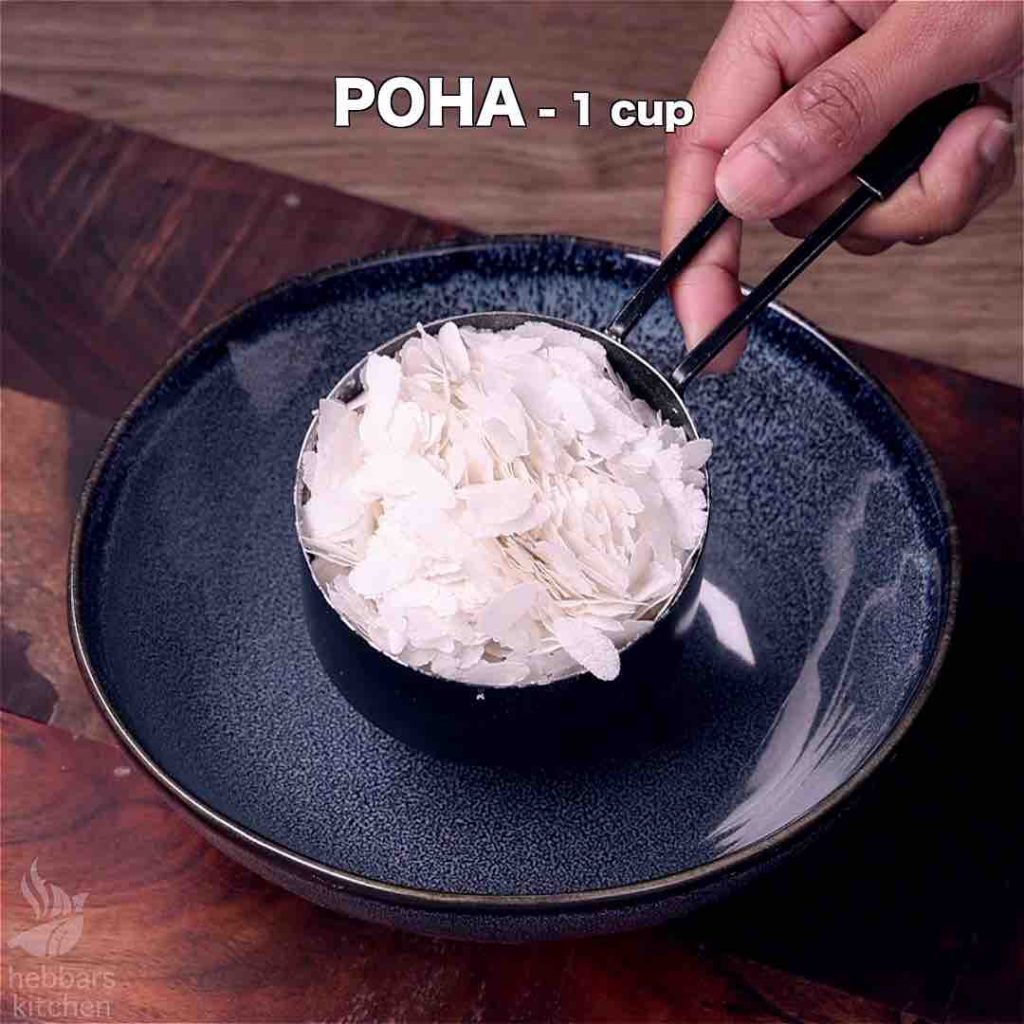
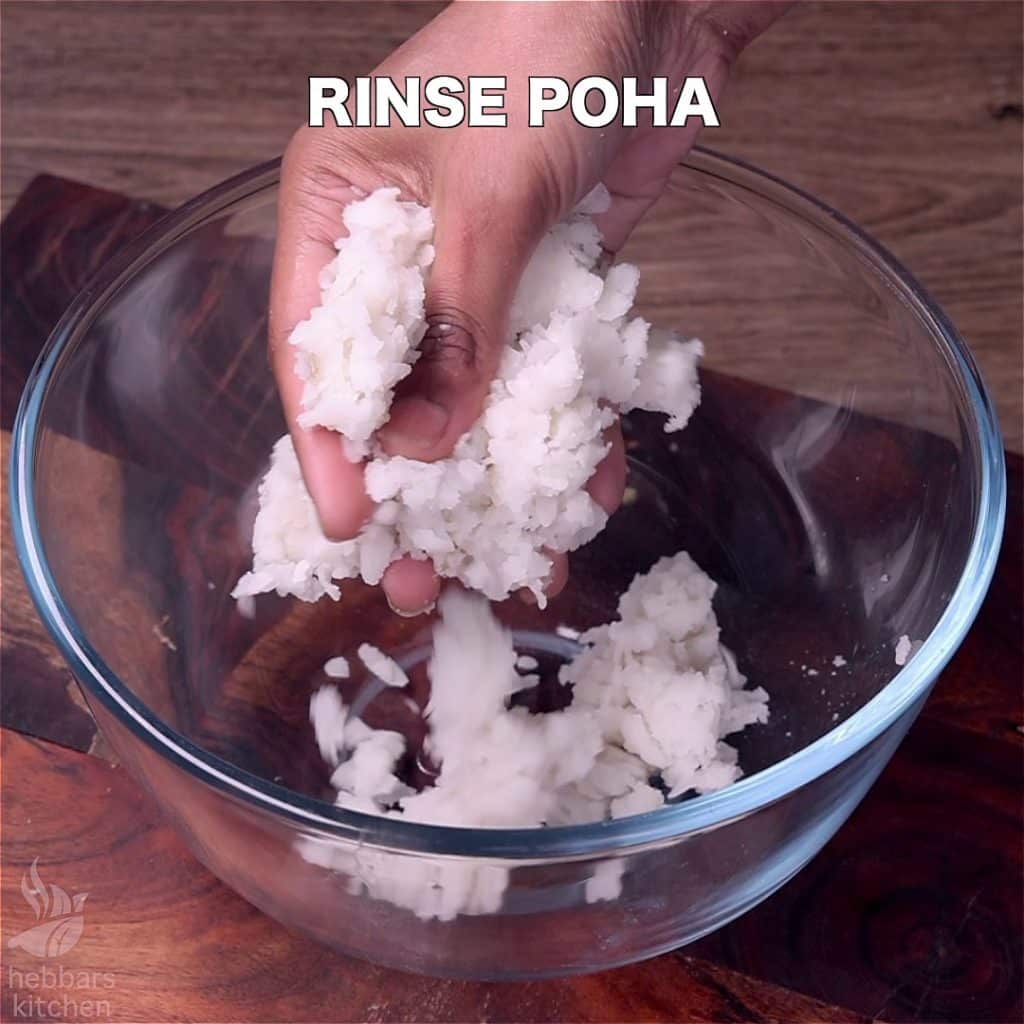
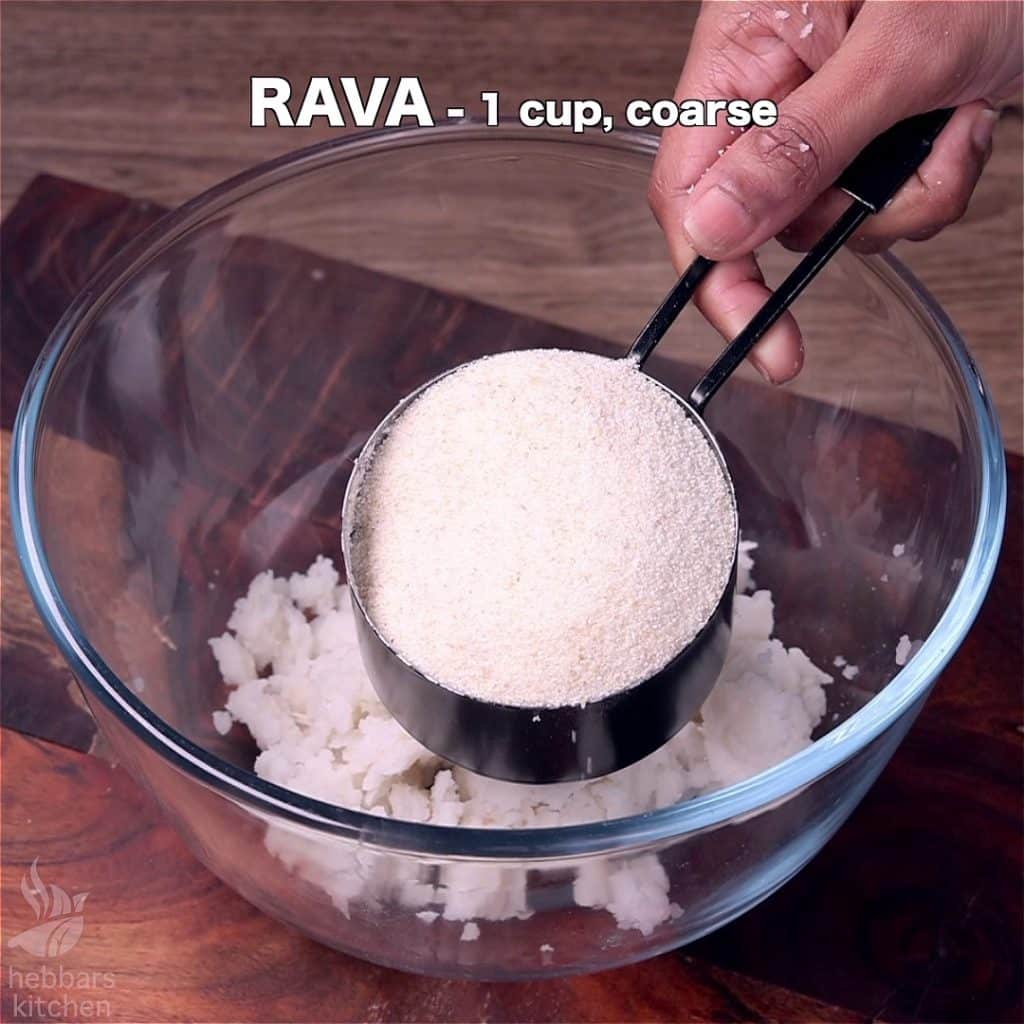
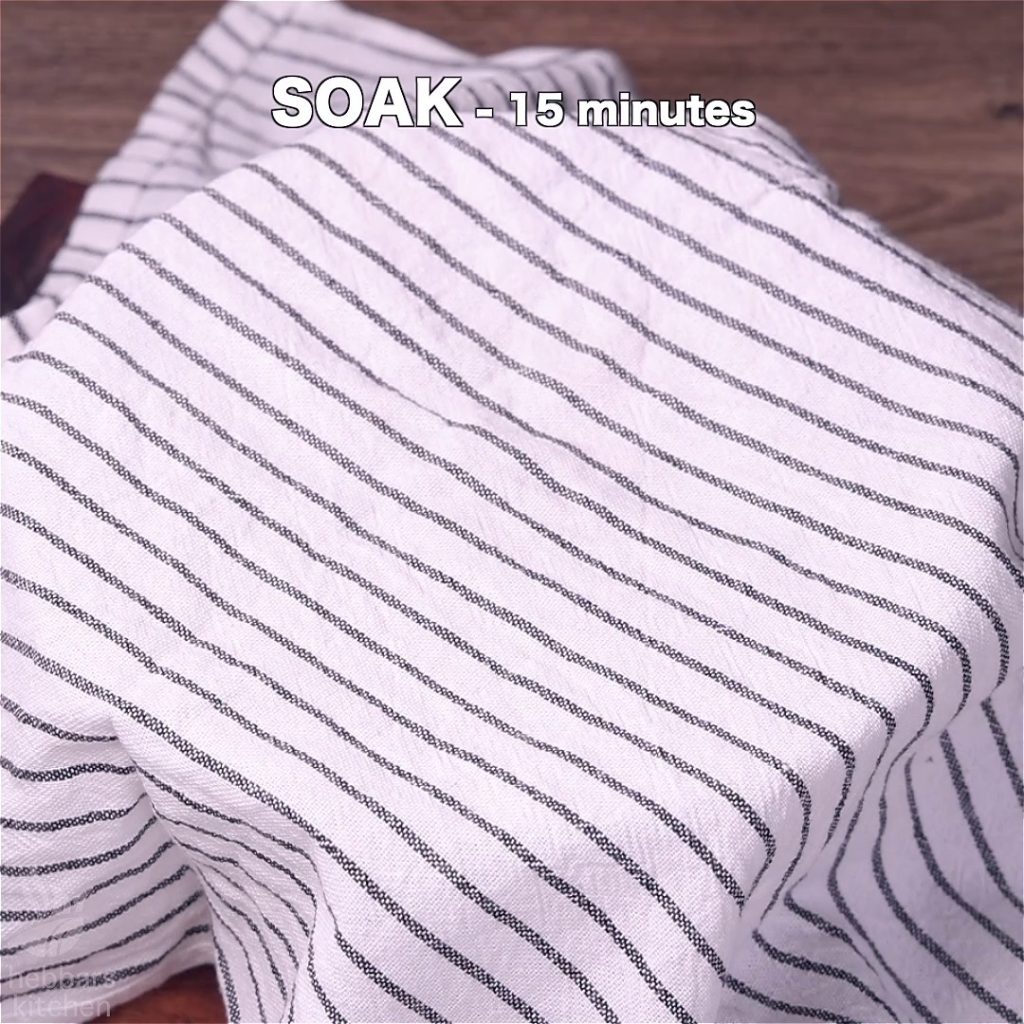

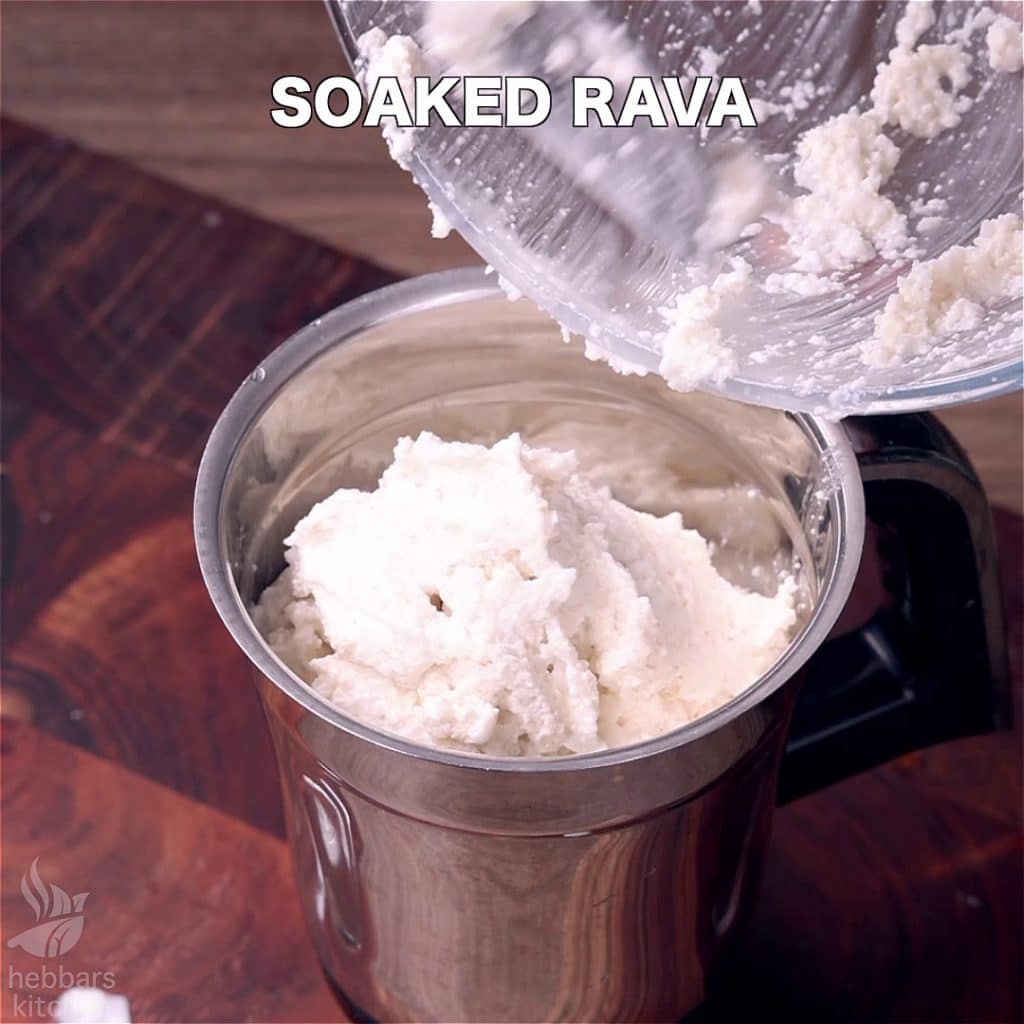
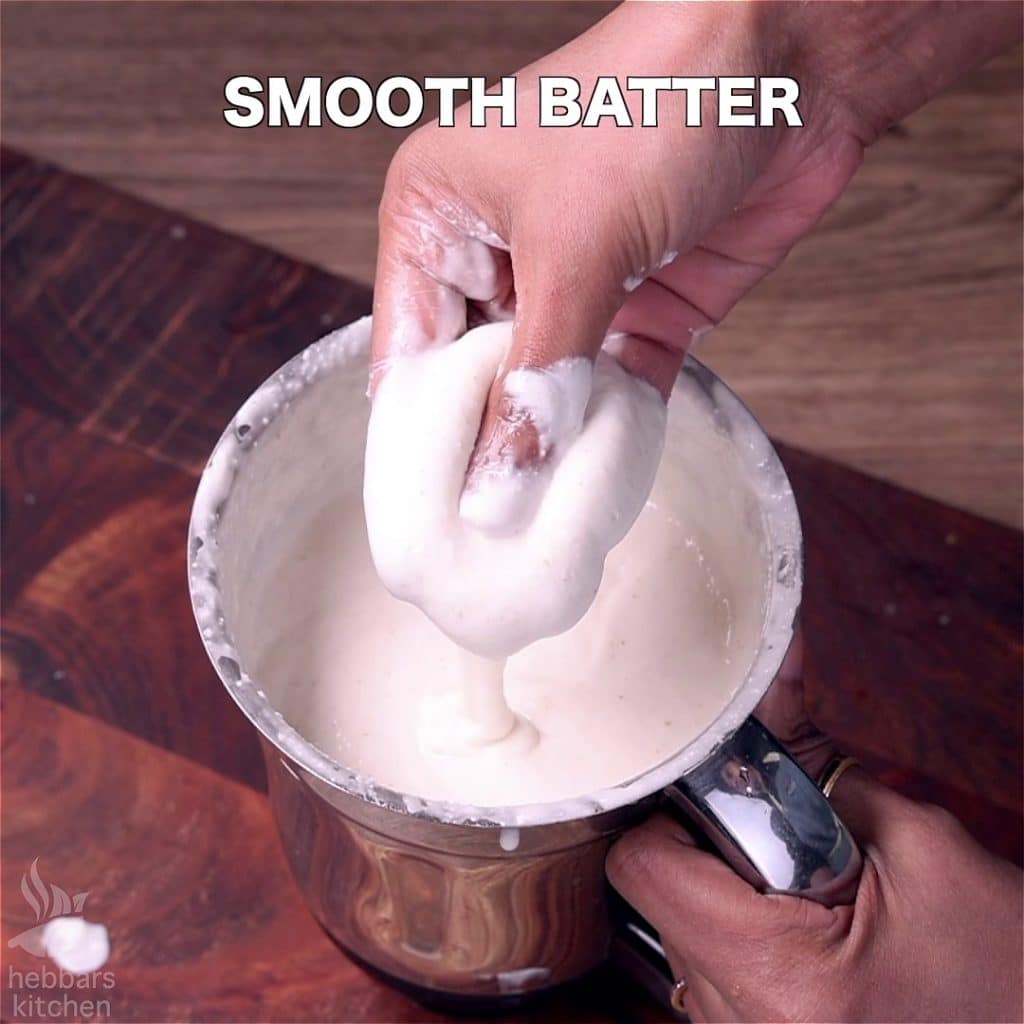
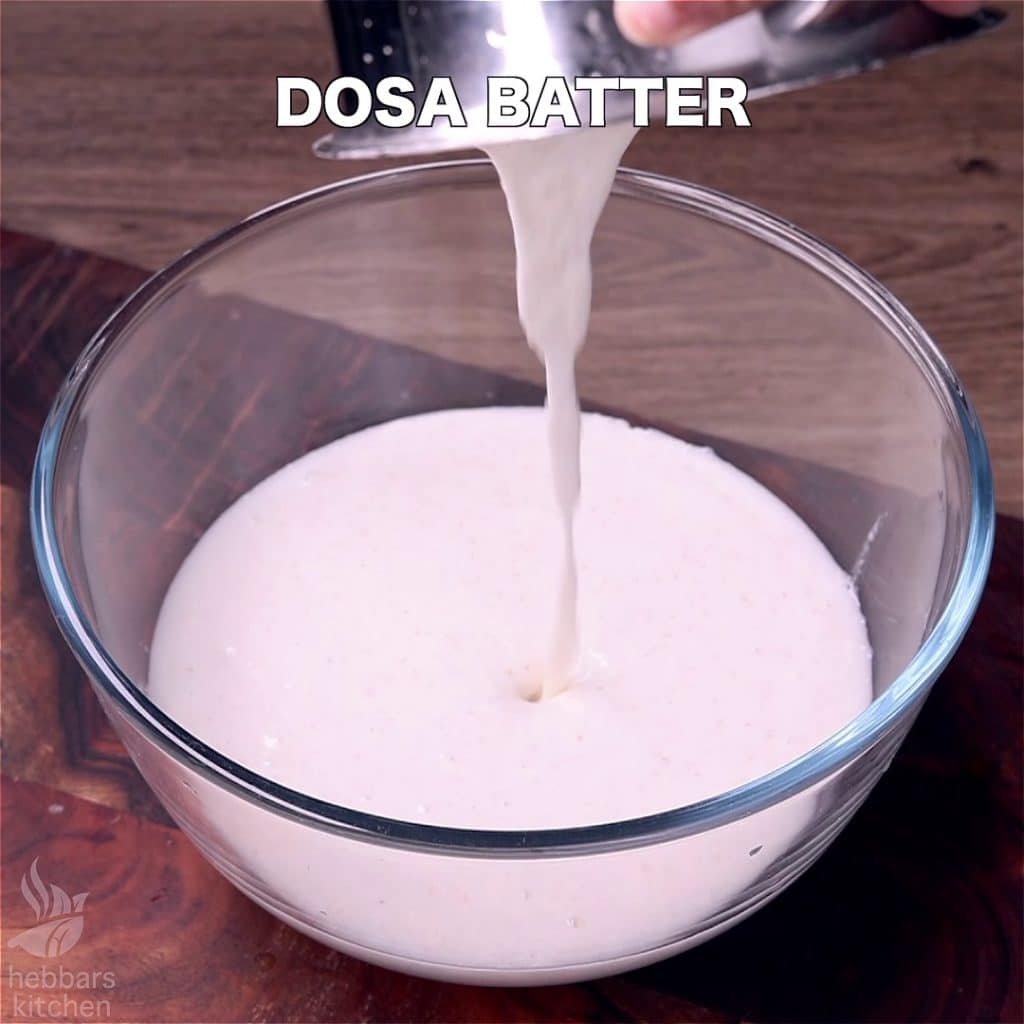
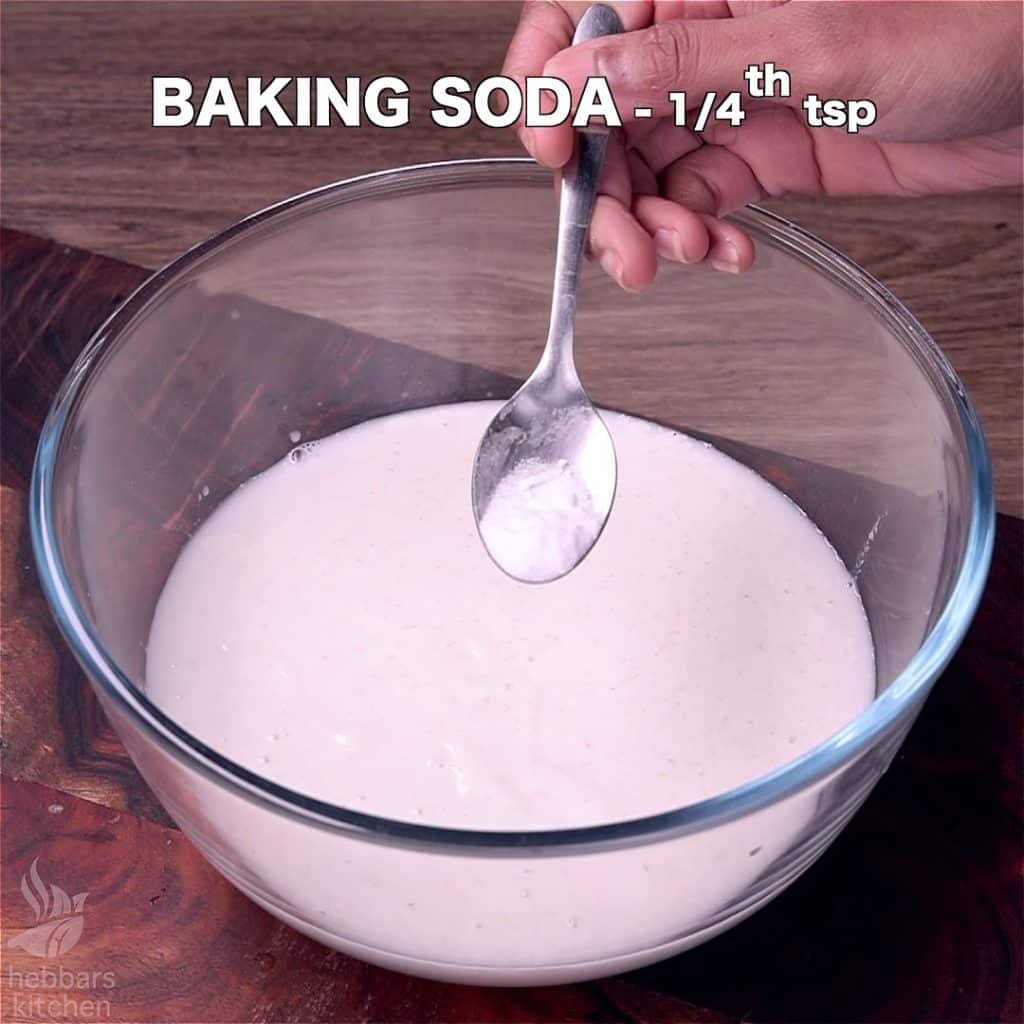
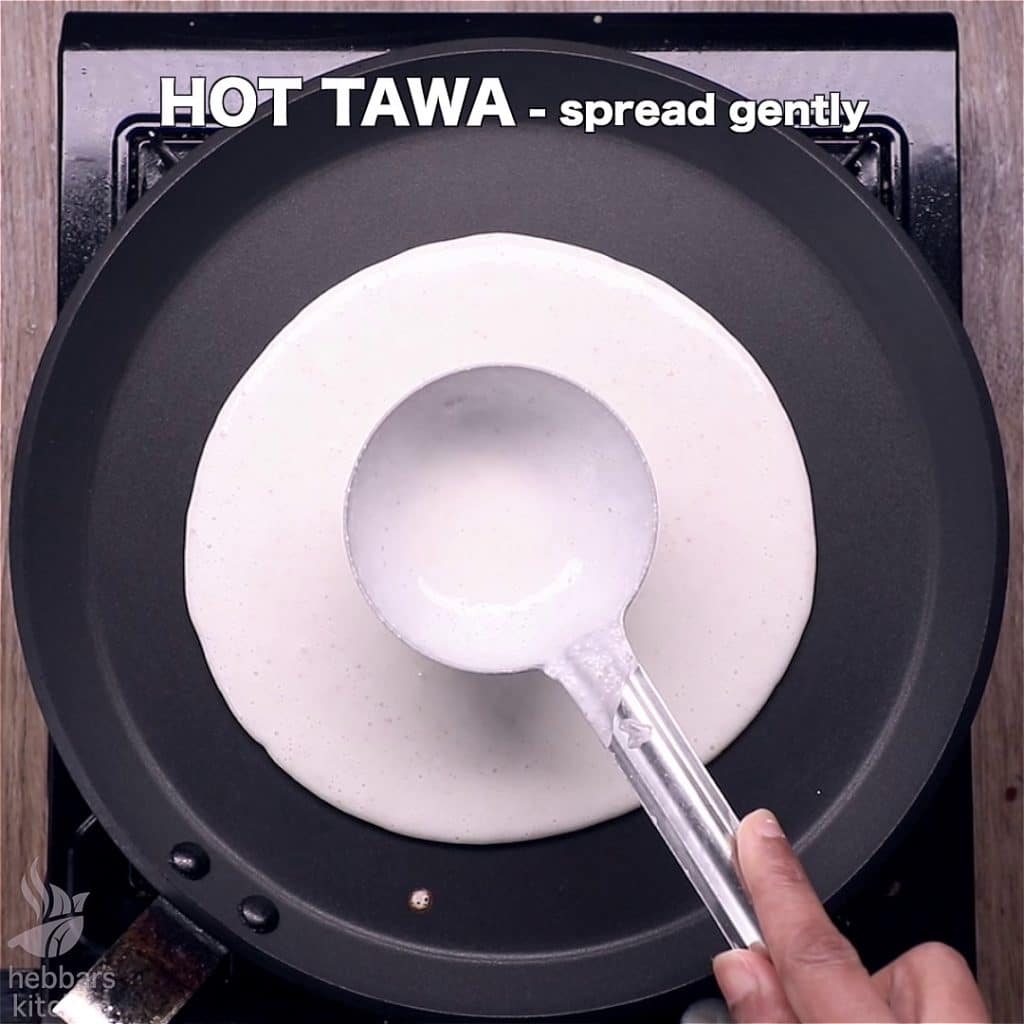
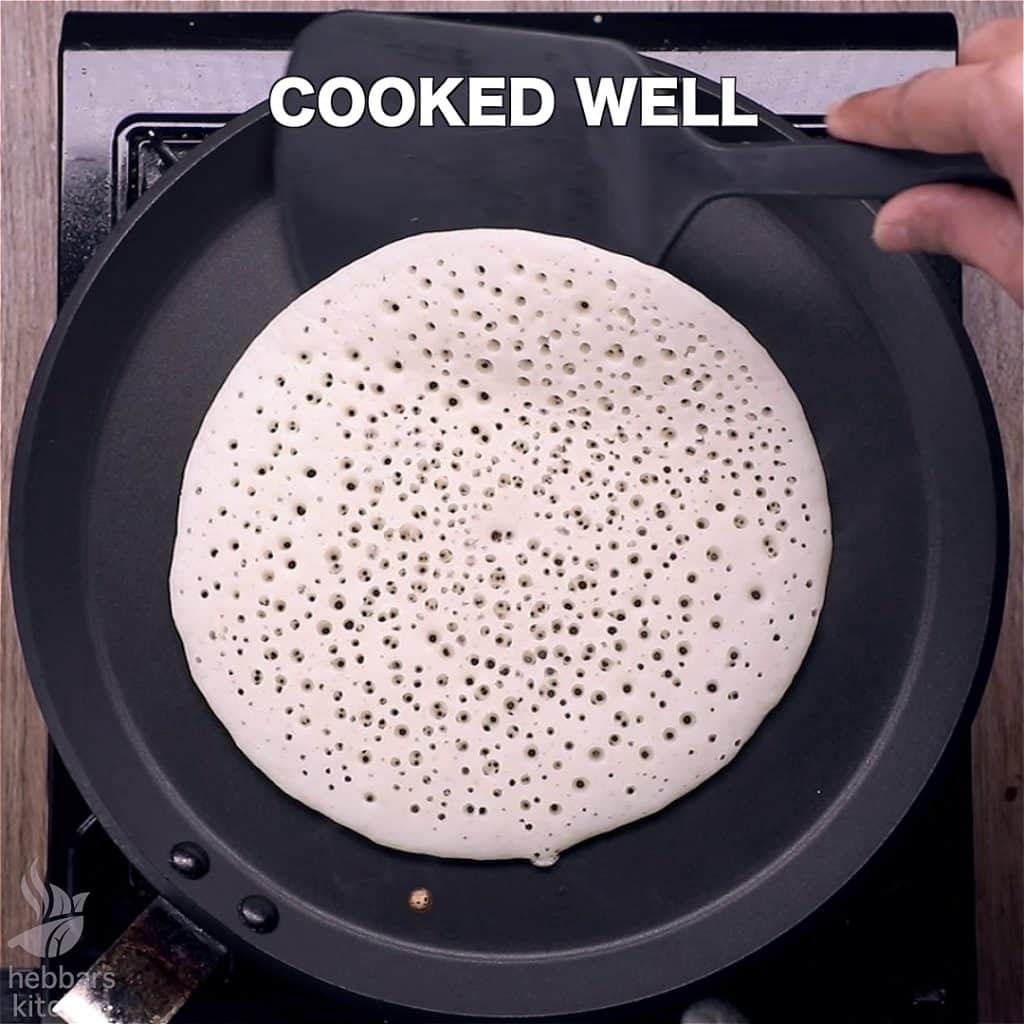
Thx for the recipe. Tried it out today and the dosa was yumm.. I just love the way you explain the recipe and your measurements are too very accurate..My mom just gave a little variation to set dosa recipe as to soak the poha in curd and grind everything together.. she does it that way.. very eager to try all ur recipes.. will soon update on my next try.. Thanks a lot again..
you are welcome Meghana. Thanks lot for sharing the tip 🙂
Hi this looks so tempting.. Can I pack this as a breakfast which will be had after 4 hours of preparation
any dosa should be served hot, but sponge dosa or set dosa can be served after few hours. you may need to reheat it later
I tried this recipe and the dosa was really good for the first time. I had eyeballed ingredients. The second time I actually measured the ingredients by following your recipe but the dosa did not have too many pores 🙁 What ingredient can I add less or more to get nice porous spongy dosa?
pores come only with the fermentation. was your dosa batter properly fermented? also second time did you use sour curd? sour curd helps hasten the fermentation and also tastes better!
I really want to know what role Poha plays here. What can go wrong if I add more poha or if I add less poha. Similarly what happens if I add more curd or less curd.
Poha is added to make dosa soft. well adding less poha would make it bit hard but adding more would be disaster. it would be so soft that you may not be able to remove it from dosa pan and may turn into pieces. also adding more curd would make dosa sour and also very soft.
I tried this recipe and there were not too many pores. What ingredient can I add less or more to get nice porous spongy dosa?
HI vinuta, looks like your batter was not fermented properly. perhaps try to keep in warm place to ferment it properly. also you can add baking soda for nice porous spongy dosa
It was well fermented and I do not want to add soda. I just want to know what can go wrong if I add more poha or what happens if I add less poha. I really want to understand the role poha plays here.
I tried this recipe today for breakfast I came out really well. thank u
You are welcome Chaitra..
Can we use brown rice for all those dosa and idli recipes that require rice batter?
yes you can certainly use it but the batter may become sour even if you keep in fridge. I will try to share the recipe with brown rice soon. Thanks.
Comments are closed.